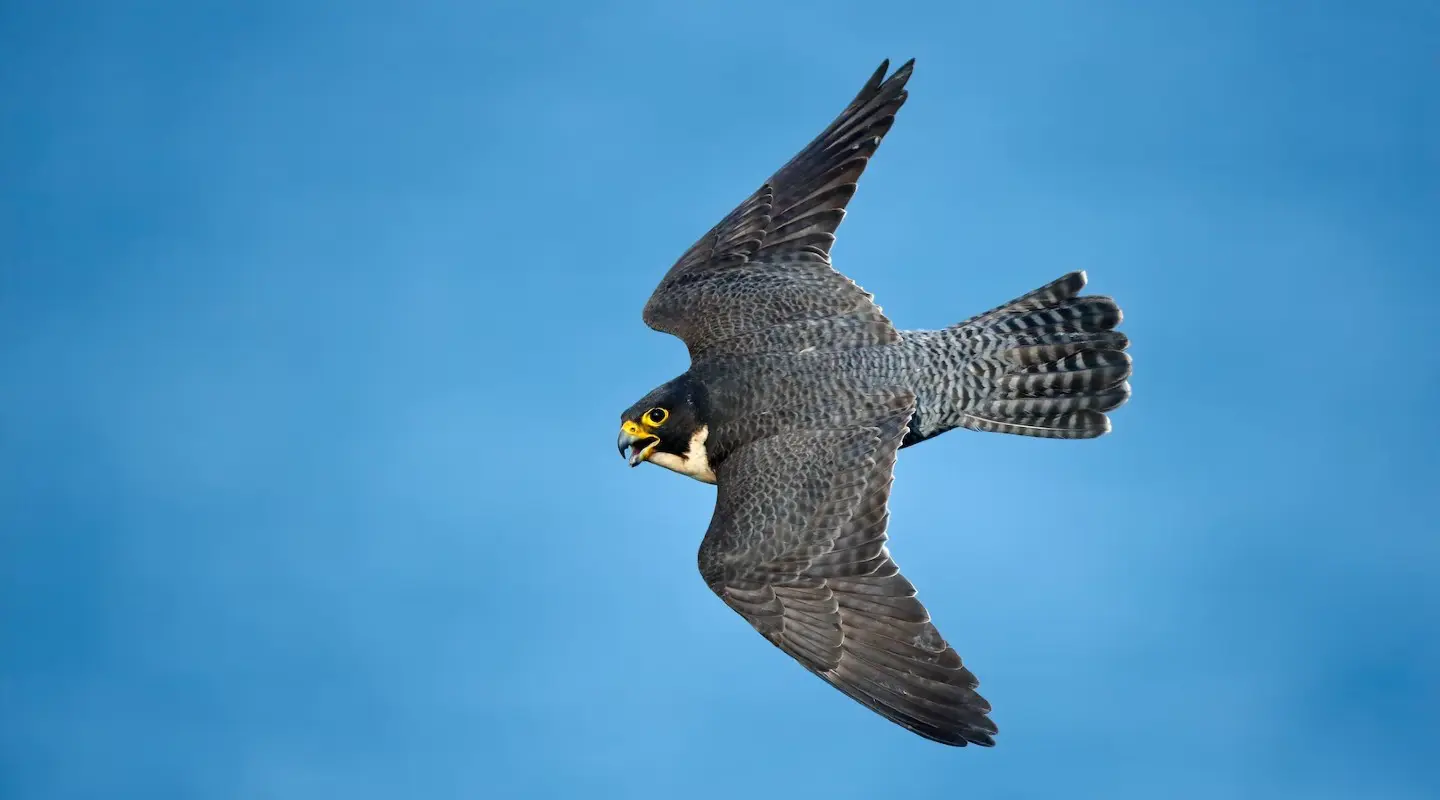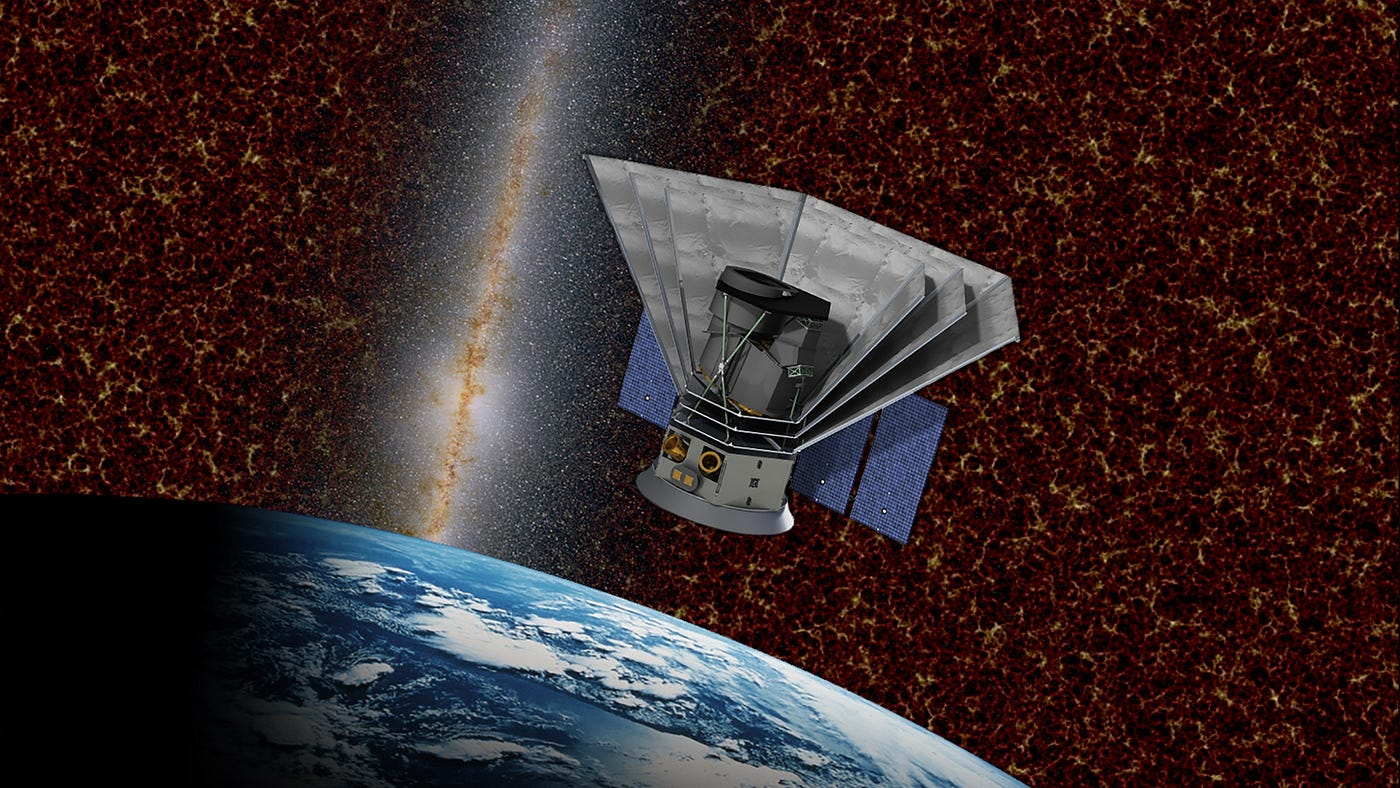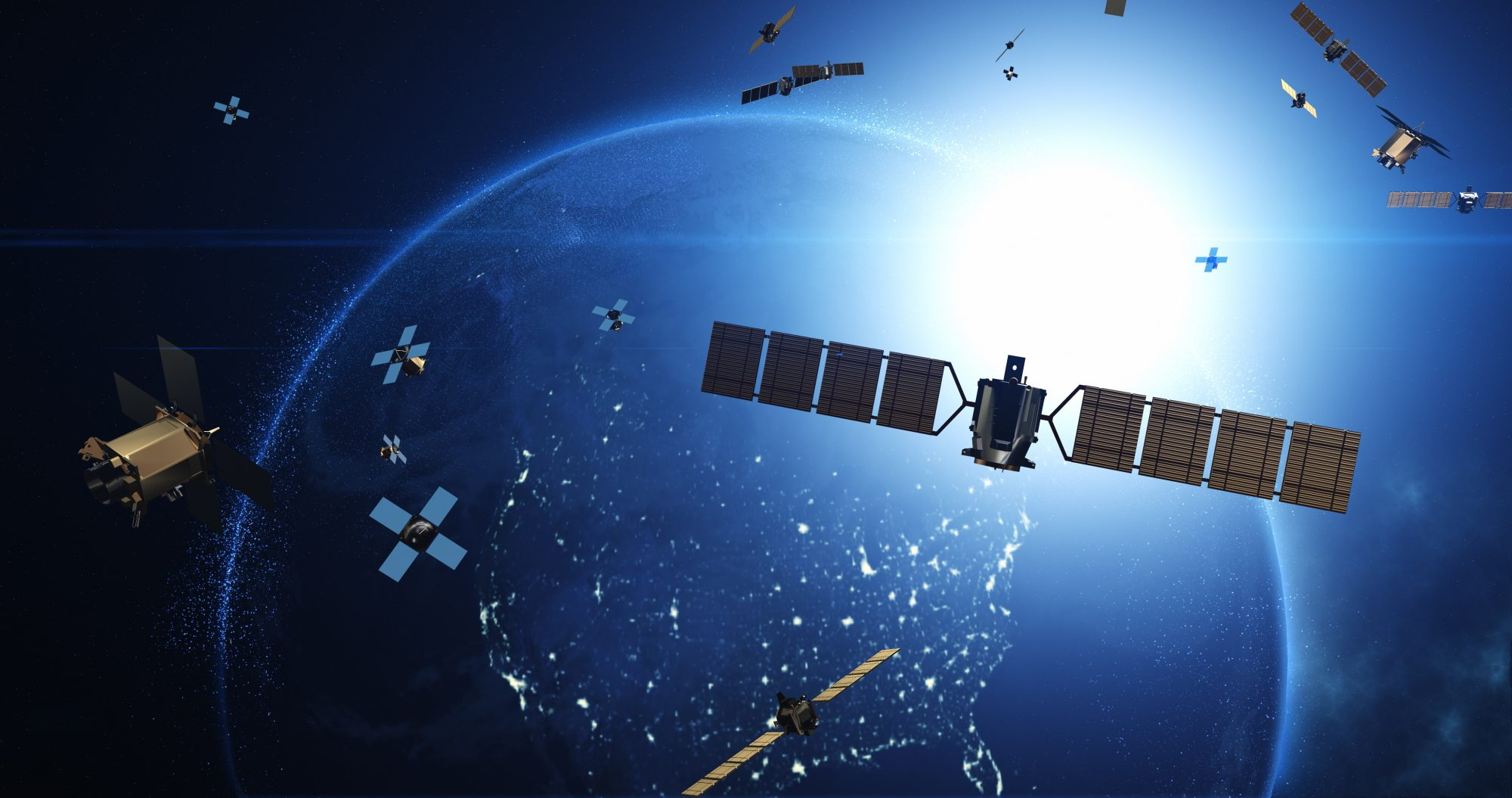Zoomacademia.com – When it comes to speed, the animal kingdom hosts some truly remarkable creatures, from cheetahs to sailfish. However, the title of the fastest animal in the world is held by the incredible Peregrine Falcon (Falco peregrinus). Known for its breathtaking hunting dives, or “stoops,” the peregrine falcon is capable of reaching speeds unmatched by any other creature on Earth.
Speed of the Peregrine Falcon
The Peregrine Falcon’s most impressive feature is its extraordinary speed during its hunting dive. When diving to catch prey, this bird of prey can reach speeds of up to 240 mph (386 km/h). This phenomenal velocity makes it not only the fastest bird but also the fastest animal across all species. In level flight, the peregrine is still swift, though not as fast, typically flying at speeds of around 40-55 mph (64-89 km/h).
Anatomy Built for Speed
The falcon’s incredible speed is largely due to its aerodynamic body structure. It has pointed wings that reduce drag and a compact body that helps it remain streamlined while diving. Peregrine falcons also have strong chest muscles to power their rapid wingbeats, and their sharp talons are ideal for grasping prey during a high-speed pursuit.
One of the falcon’s most impressive adaptations is its ability to breathe efficiently at high speeds. Its unique respiratory system prevents its lungs from collapsing under the intense pressure of a high-speed dive. Specialized bony tubercles in their nostrils help regulate airflow during dives, preventing them from becoming overwhelmed by wind resistance.
The Peregrine’s Hunting Technique
The peregrine falcon’s hunting style is equally fascinating. This bird primarily feeds on other birds, often targeting species like pigeons, ducks, and songbirds. It hunts by soaring high above its prey before diving in a rapid, controlled stoop. The falcon uses its acute vision to spot prey from great heights, swooping down with lightning speed and precision. At the moment of impact, the falcon strikes with its talons, delivering a fatal blow or stunning its prey.
Conservation and Recovery
Despite being a master of the skies, the peregrine falcon faced severe population declines in the mid-20th century due to the widespread use of pesticides, particularly DDT. The pesticide caused eggshell thinning, leading to reproductive failure. By the 1970s, the species was on the brink of extinction in many regions.
Thanks to concerted conservation efforts, including the banning of DDT and successful captive breeding programs, the peregrine falcon population has made a dramatic recovery. It was removed from the U.S. Endangered Species List in 1999 and now thrives in many urban and rural habitats around the world.
Other Fast Animals in Comparison
While the peregrine falcon reigns supreme in terms of speed during a dive, other animals are noteworthy for their speed in different environments:
- Cheetah: The fastest land animal, capable of reaching speeds up to 60-70 mph (97-113 km/h) in short bursts.
- Sailfish: Considered the fastest swimmer, reaching speeds of 68 mph (110 km/h).
- Brazilian Free-Tailed Bat: The fastest flyer in level flight, recorded at 99 mph (160 km/h).
Conclusion
The peregrine falcon’s unmatched speed and remarkable adaptations have made it an evolutionary marvel. As the fastest animal in the world, this bird of prey continues to captivate researchers, birdwatchers, and wildlife enthusiasts. Its incredible recovery from near extinction also stands as a symbol of hope in the field of conservation, demonstrating how human intervention can sometimes reverse environmental damage.







